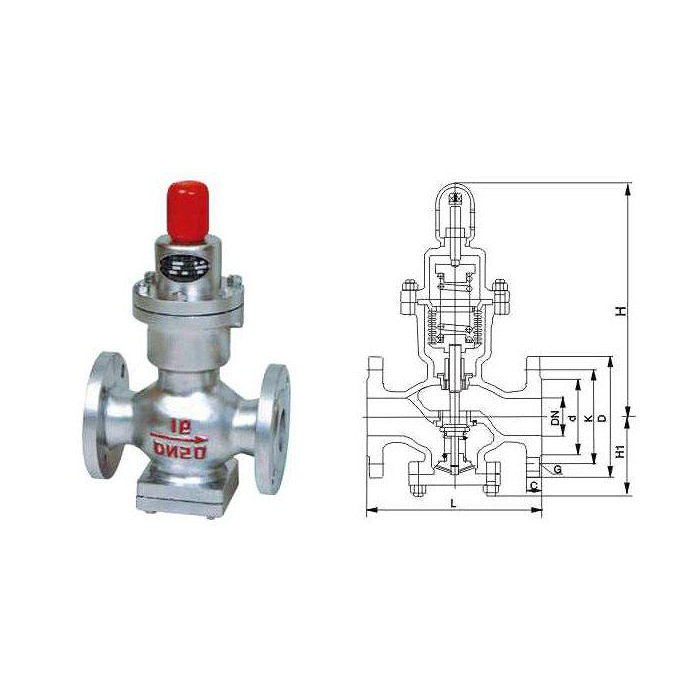Brief analysis of common faults and preventive measures of pressure reducing valves

Fault 1 : the valve can’t be opened.
Reasons are:
① The control channel is blocked by debris (the channel is small and easy to block);
②The piston is stuck at the highest position due to rust; although the upper part is stressed, it cannot move down and cannot open the main channel.
Solution:
A filter must be installed before the pressure relief valve. For a newly installed or long-term pressure reducing valve, it must be disassembled for inspection and cleaning.
Fault 2: The valve is straight through and does not reduce pressure.
Reasons are:
① The piston is stuck at a certain position (not the highest position);
② The valve handle of the main valve is stuck at a certain position (not the close position) of the guide hole of the cylinder disc;
③ The spring at the lower part of the main valve flap is broken or invalid;
④ The valve handle of the pulse valve is stuck at a certain position (not the close position) in the valve seat hole, so that the piston is always under pressure;
⑤ Between the sealing surfaces of the main valve disc and the main valve seat, there is dirt stuck or notched;
⑥The diaphragm fails due to fatigue or damage.
Solution:
For pressure relief valves, special emphasis should be placed on regular inspections. If dirt or rust is found, remove it in time; replace the damaged piston ring; replace it with a spring failure; replace it with a usable seal; re-grind if the sealing surface is not tight; replace it if the diaphragm is not working; Coarse, sanded with sandpaper.
Fault 3: the pressure behind the valve cannot be adjusted.
Reason:
① The adjustment spring is malfunctioning;
② The joint of the cap leaks and the pressure cannot be maintained.
Solution :
It should also be prevented by timely inspection and treatment.
Fault 4: pressure pulse fluctuations behind the valve are extremely unstable.
Reason:
① The differential between the input medium and the output medium is too large, and the valve with the same diameter should be reselected.
② the adjustment spring is not properly selected; for a pressure reducing valve with a nominal pressure, there are several kinds of adjustment springs, for example, the nominal pressure is 16 kg / cm2, the adjustment spring has 1-3 Kg / cm2, 2-8 kg / cm2, 7-11 kg / cm2, if the pressure behind the valve is only 1-3 kg / cm2, and the spring is 7-11 kg / cm2 After the valve, the pressure can not be adjusted.